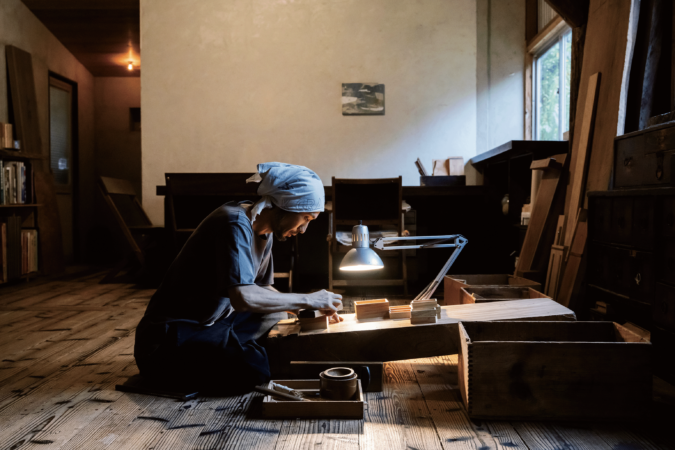Pieces of Japan, Bringing Masterful Craftsmanship to the World
This studio revives Japanese crafts with a curated selection of reimagined traditional objects and hands-on learning opportunities.
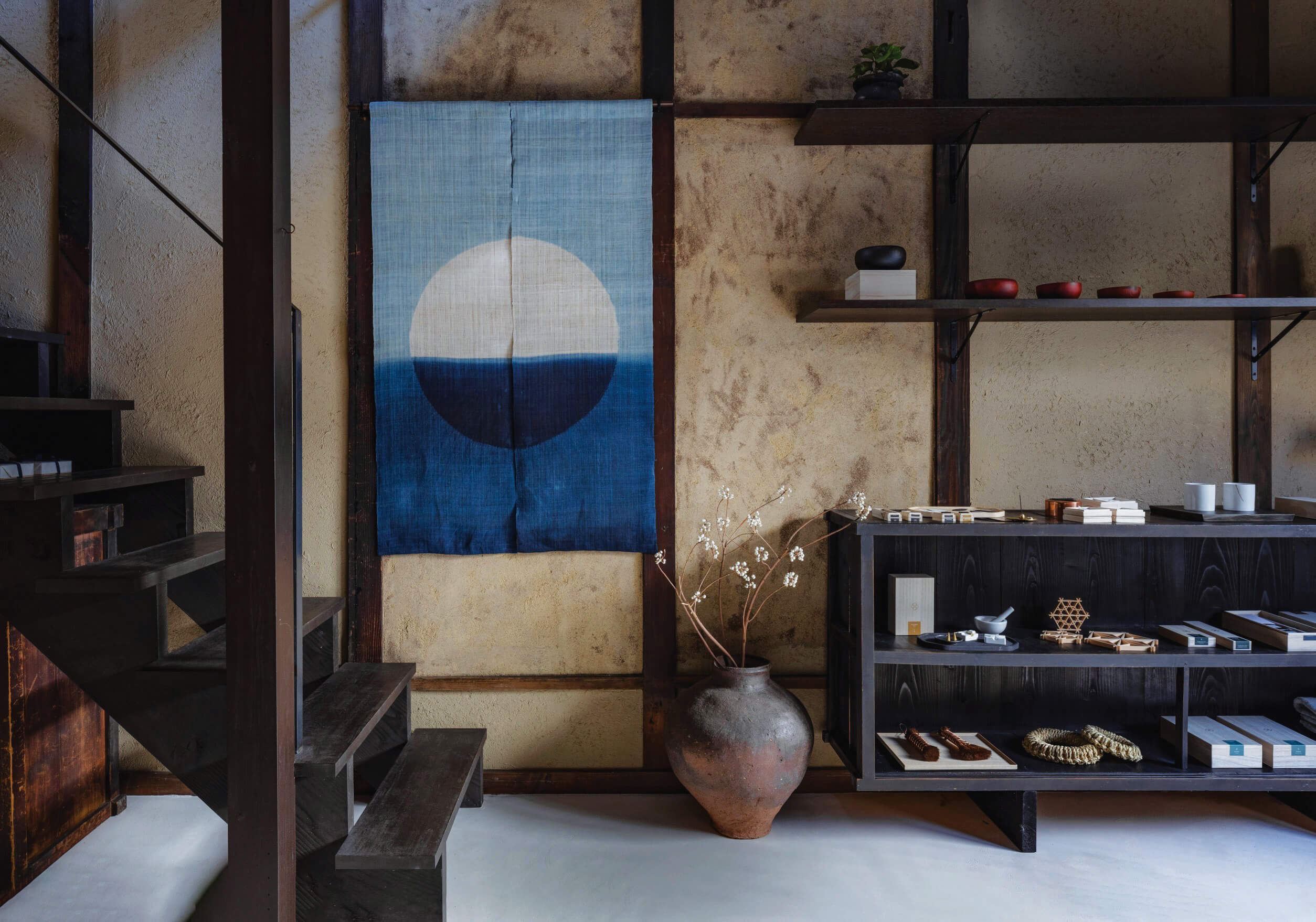
© POJ
Despite its global appeal, Japanese craftsmanship is facing a long-standing crisis. Master artisans struggle to generate sufficient income to make their professions attractive, and finding successors has become increasingly difficult. Witnessing these challenges, Tina Koyama, a former UX designer in Silicon Valley, decided to create Pieces of Japan (POJ) to connect these artisans with Japan enthusiasts abroad.
Launched as an online store in 2020, POJ quickly evolved into a creative studio, incorporating video workshops to teach the artisanal techniques showcased on the platform. One of its most popular offerings is the kintsugi kit, a traditional method of extending the life of ceramics by repairing cracks with lacquer, enhancing their beauty. Thanks to POJ’s detailed video tutorials, even a demanding art like lacquerware has become accessible to everyone, no matter where they are in the world.
Long-Term Support for Craftsmen
This shift from selling products to offering training and repair services came naturally for Tina Koyama. ‘Handling ceramics can result in breakages,’ she explains in an interview with Pen. ‘We quickly realized that it wasn’t sustainable for our clients to send their broken pieces to Japan for repairs. Training them in kintsugi so they could restore their own items made sense. Today, we hope to create a global network of repairers.’
Sustainability is at the core of POJ’s mission. Tina Koyama designs most of the items in the store herself, with simple yet modern lines that align with what artisans are able to produce sustainably. For instance, she designed oryōki wooden bowls, traditionally used by Buddhist monks, with a matte finish instead of the usual lacquered sheen. Timeless in design, these pieces are commissioned by POJ on a long-term basis to support the artisans’ work. Some, like shuro palm brushes, are presented in their original form.
Initially focusing on tableware, the collection has expanded over time to include decorative pieces like stunning indigo noren curtains, dyed using the ancient shibori technique, and circular mirrors crafted from expertly bent hinoki wood strips. Tina Koyama plans to add furniture and launch a line of loungewear made from 100% Japanese silk, all crafted in Japan—a true rarity.
Passing on the Craftsmanship
In 2022, POJ opened a boutique in Kyoto inside a century-old machiya townhouse. This space hosts workshops on incense and shuro brush-making for the public. It is also home to the Kintsugi Apprenticeship Program, taught in English, where future international ambassadors of the craft hone their skills before taking them back to their home countries. Each season, for two months, apprentices engage in 150 hours of lessons, perfecting their technique. All instructors have been trained by POJ due to a shortage of English-speaking artisans.
Looking ahead, Pieces of Japan may directly employ master artisans to encourage them to pass on their knowledge. Tina Koyama and her team already work closely with their partners, including a master shibori dyer who now collaborates with his sons.
‘We want to support artisans, but sometimes working for a single master in a small workshop isn’t the most inspiring setup,’ explains POJ’s founder. ‘We are exploring new workspaces that could lead to the creation of artisan villages across Japan, ensuring economic opportunities and prioritizing a healthy work-life balance for creators.’
Tina Koyama’s ambition to bridge the gap between Japanese artisanship and the world doesn’t stop at Japan’s shores. In autumn 2024, POJ will hold its first pop-up event at Studio Eyn Vas in Los Angeles (from November 1, 2024, to January 31, 2025)—a first step in the U.S. before possibly opening a permanent space that will also host workshops and training sessions.
For more information, visit the Pieces of Japan website.
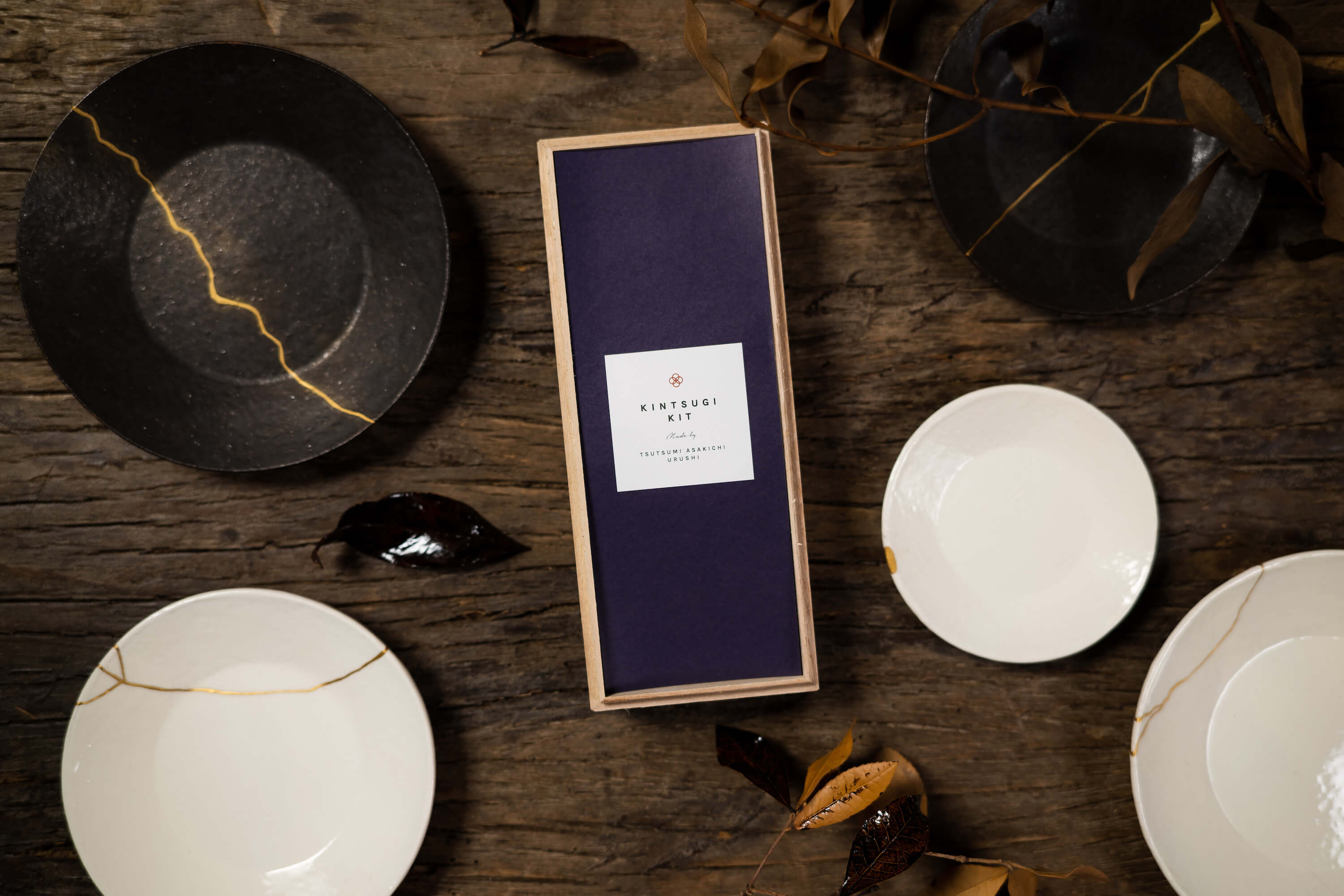
© POJ
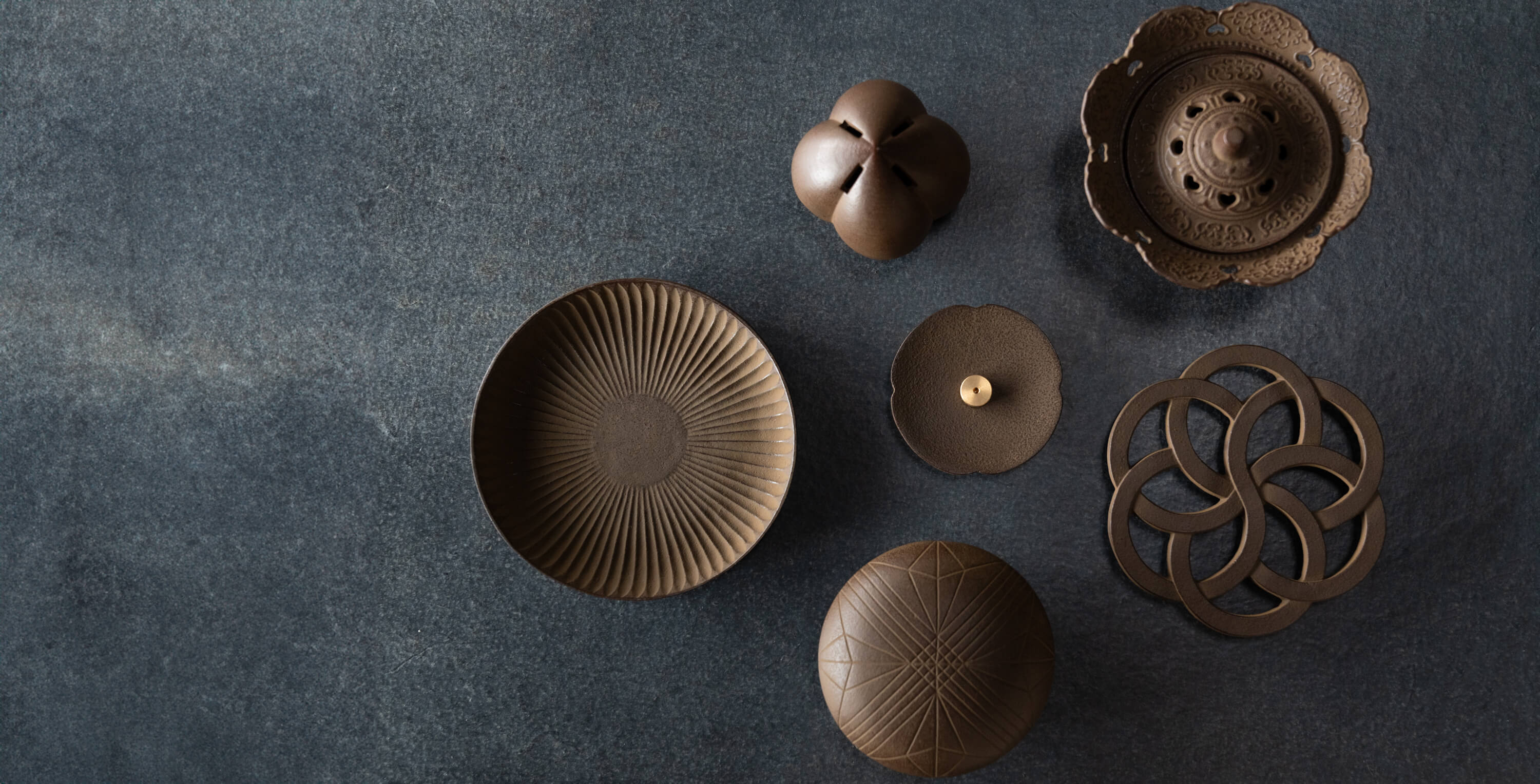
© POJ
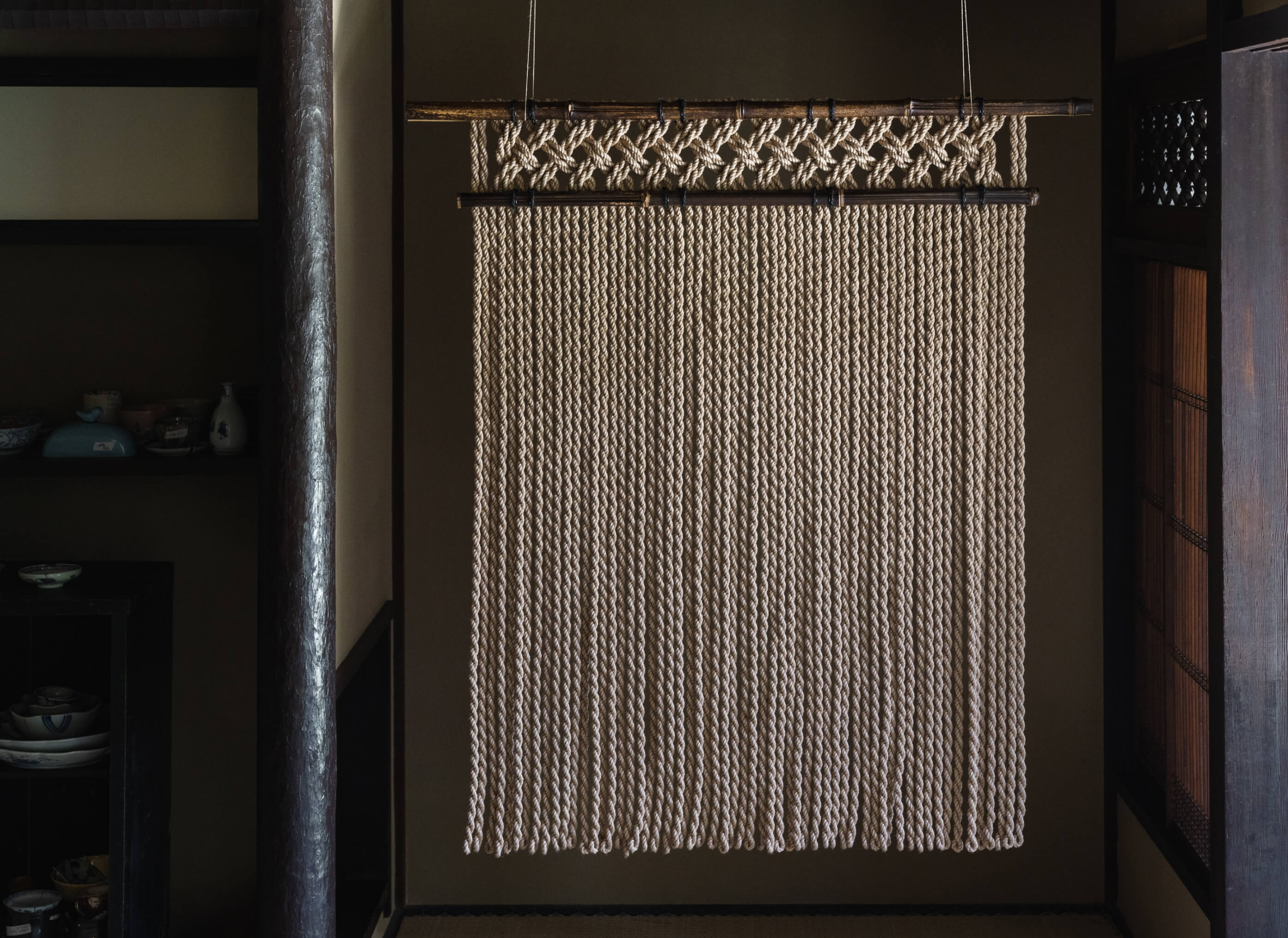
© POJ
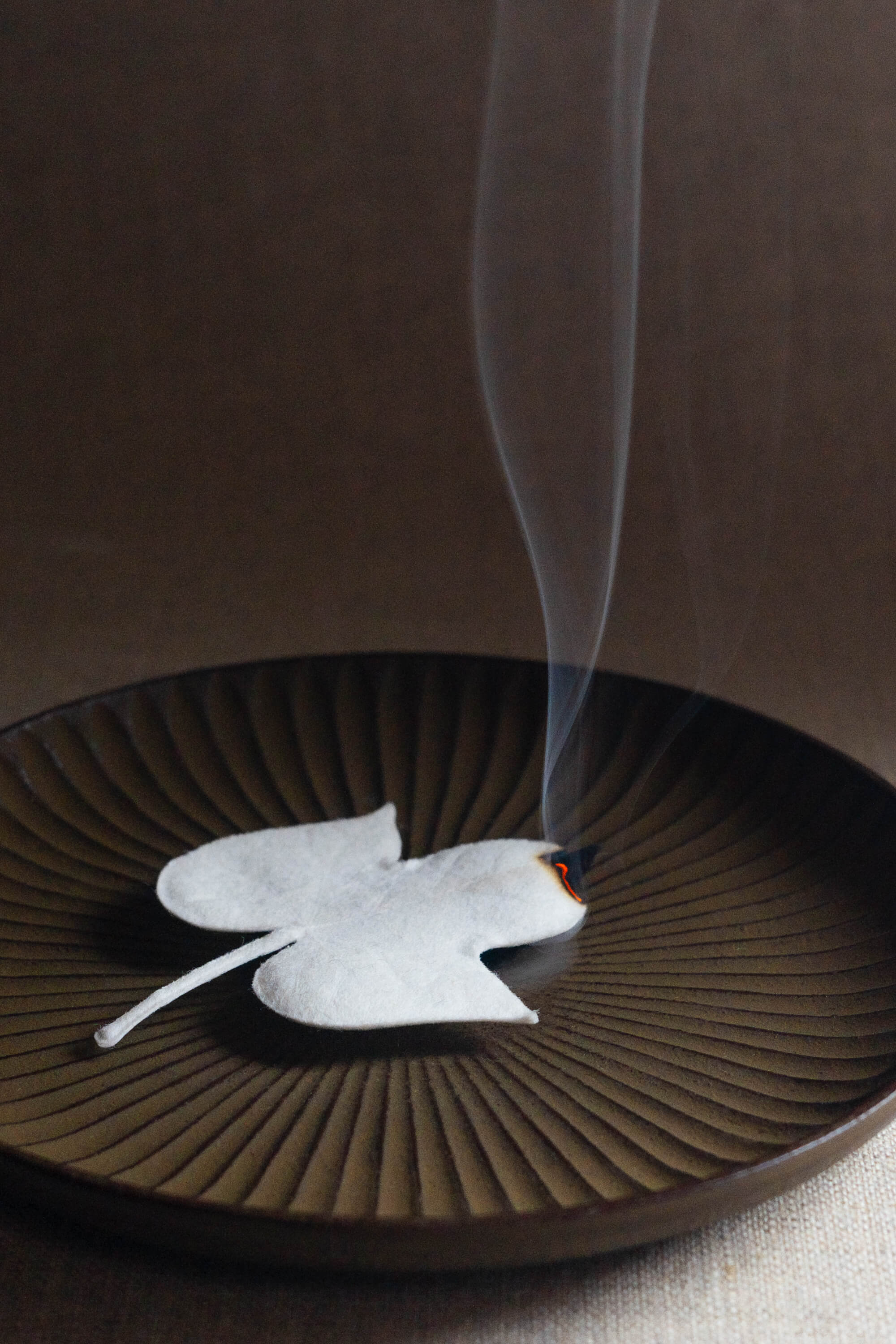
© POJ
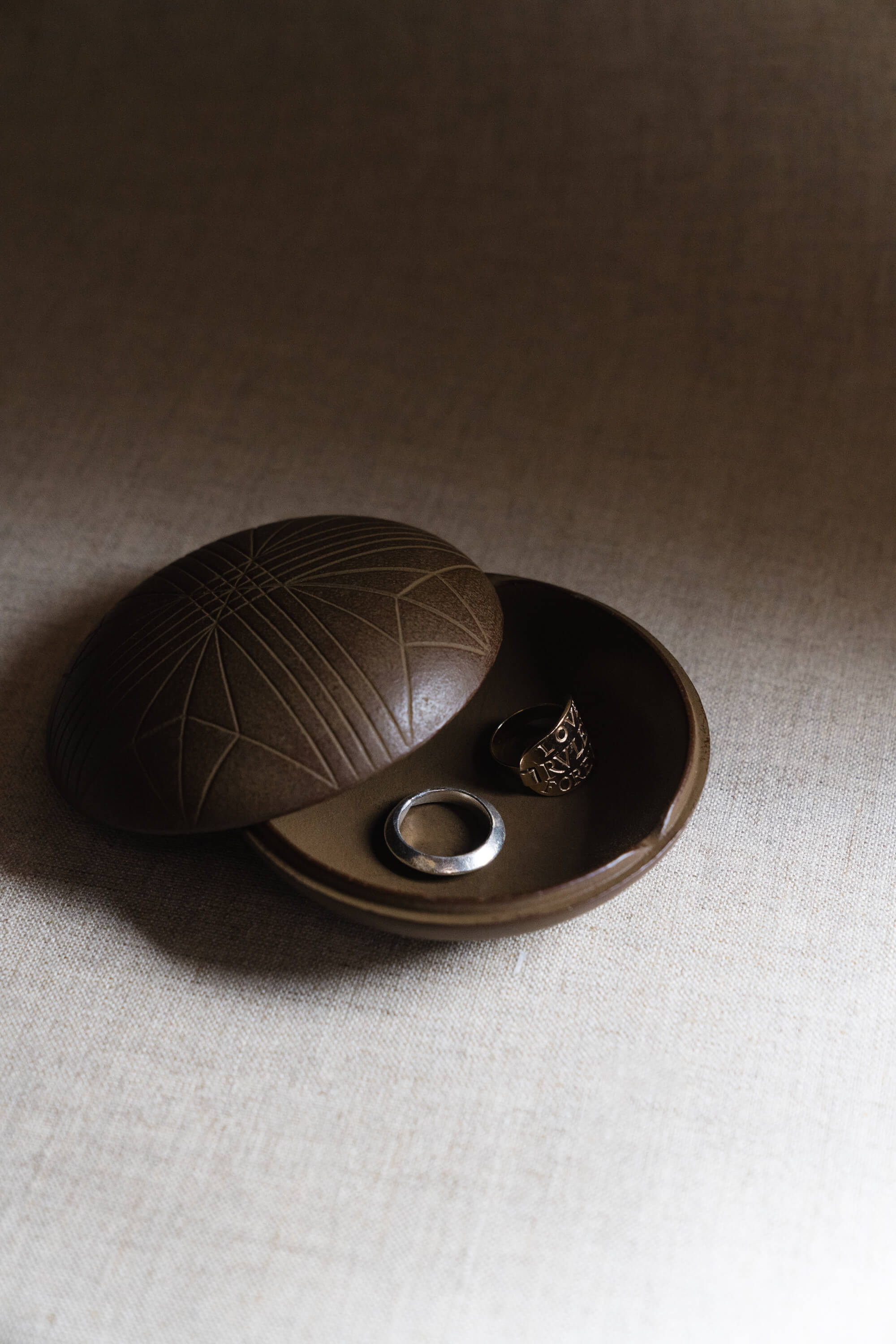
© POJ

© POJ
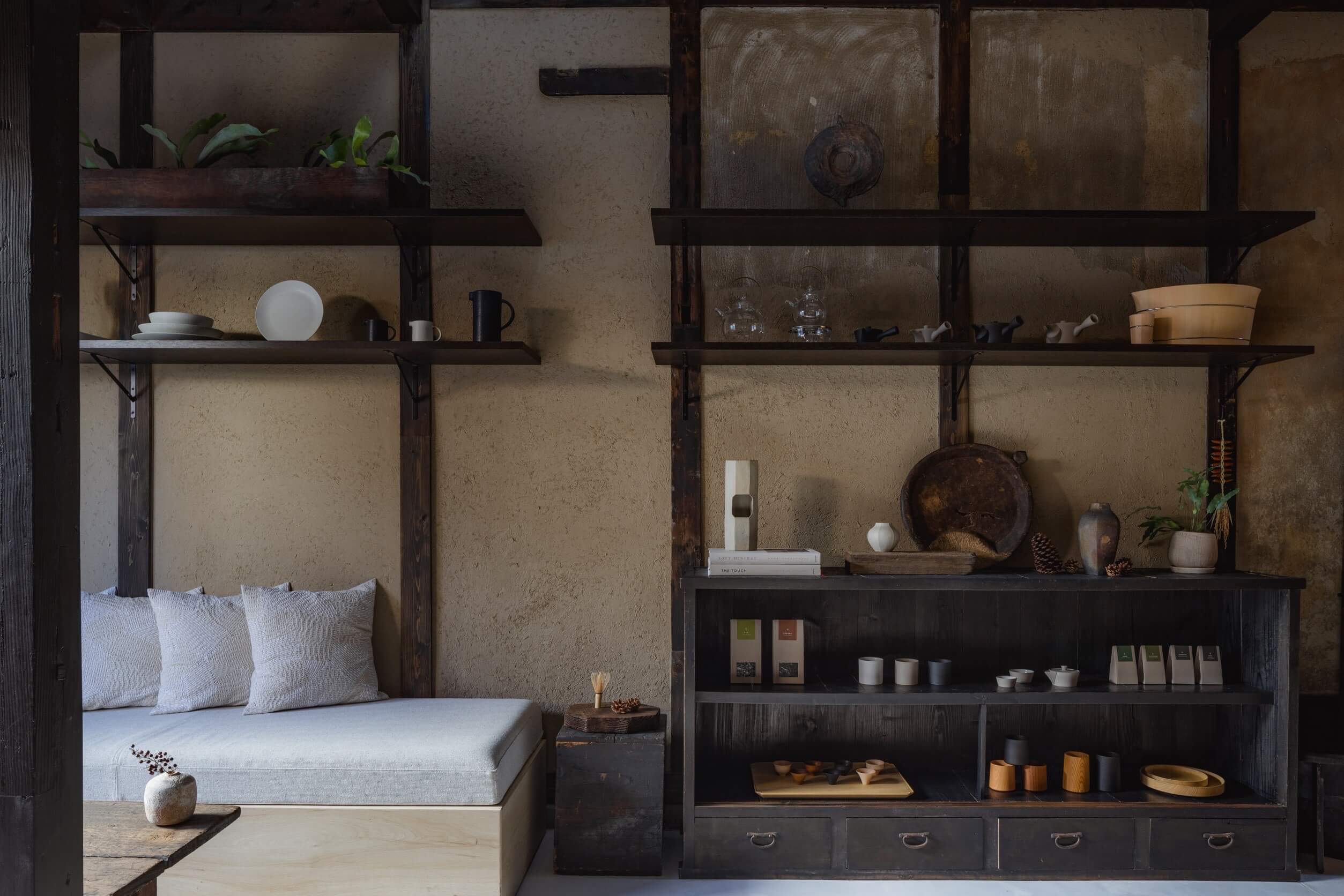
© POJ
TRENDING
-
A Craft Practice Rooted in Okinawa’s Nature and Everyday Landscapes
Ai and Hiroyuki Tokeshi work with Okinawan wood, an exacting material, drawing on a local tradition of woodworking and lacquerware.

-
Hiroshi Nagai's Sun-Drenched Pop Paintings, an Ode to California
Through his colourful pieces, the painter transports viewers to the west coast of America as it was in the 1950s.

-
The Tattoos that Marked the Criminals of the Edo Period
Traditional tattoos were strong signifiers; murderers had head tattoos, while theft might result in an arm tattoo.

-
‘Shojo Tsubaki’, A Freakshow
Underground manga artist Suehiro Maruo’s infamous masterpiece canonised a historical fascination towards the erotic-grotesque genre.

-
‘Seeing People My Age or Younger Succeed Makes Me Uneasy’
In ‘A Non-Conformist’s Guide to Surviving Society’, author Satoshi Ogawa shares his strategies for navigating everyday life.

